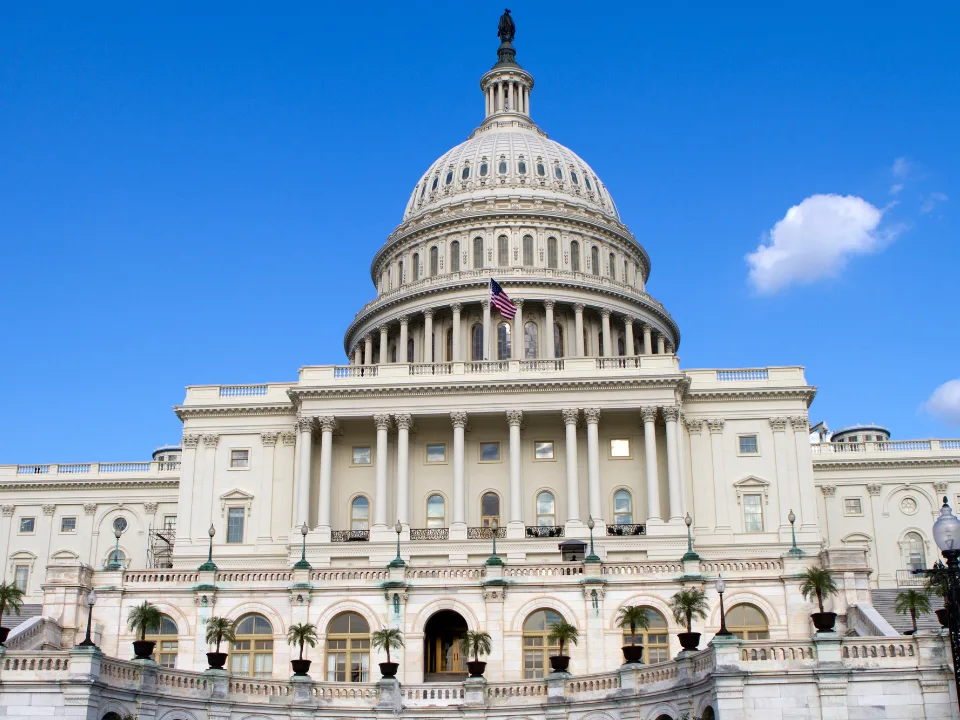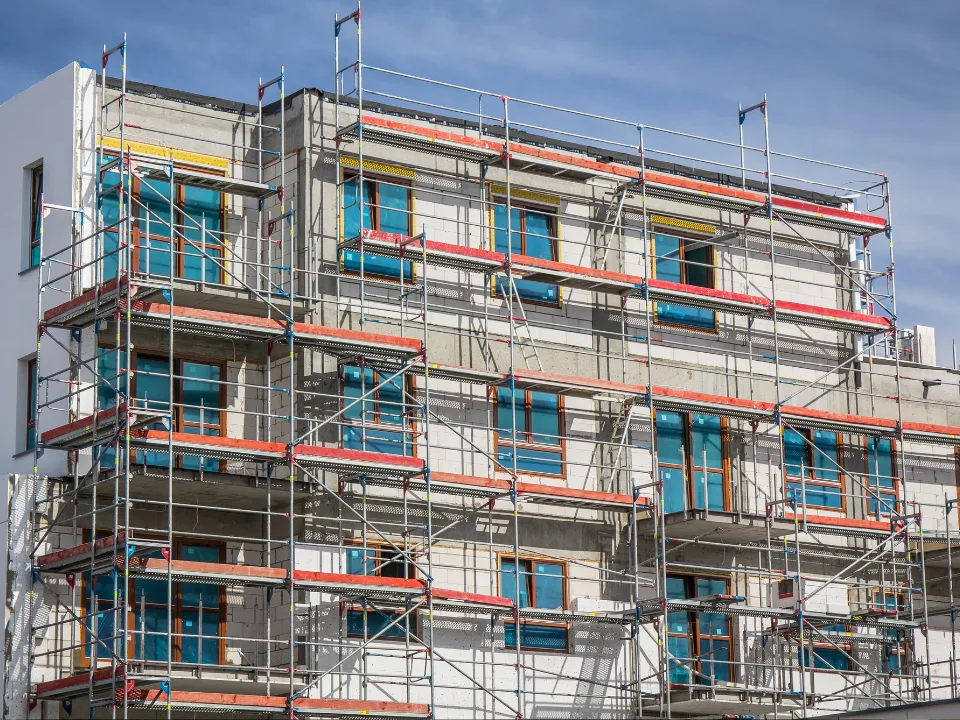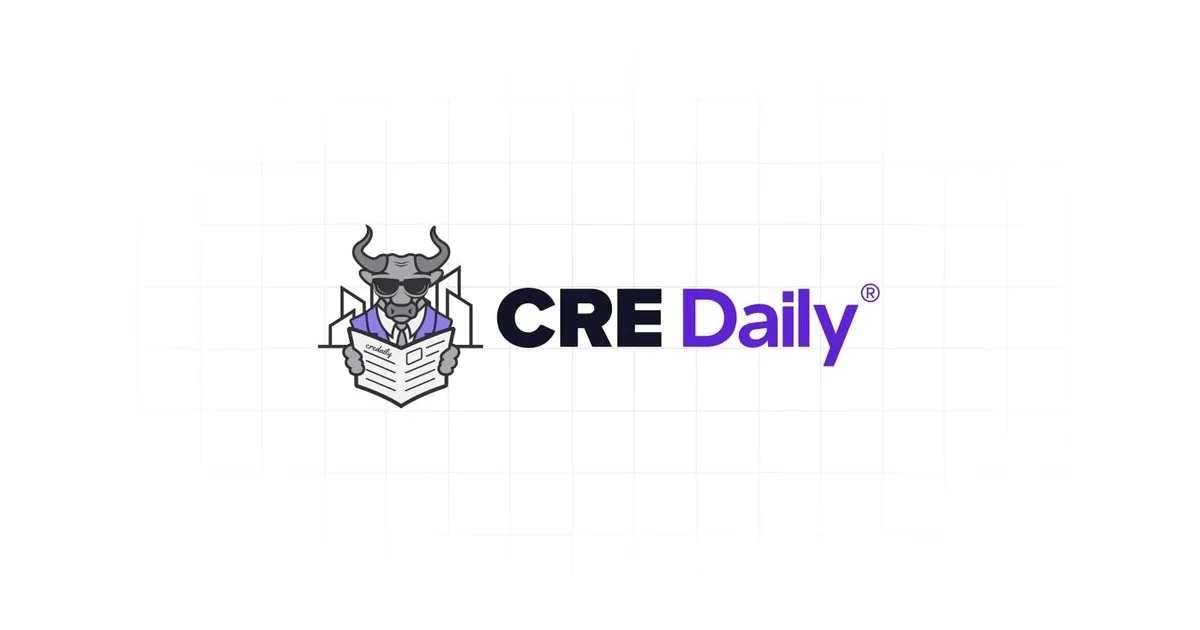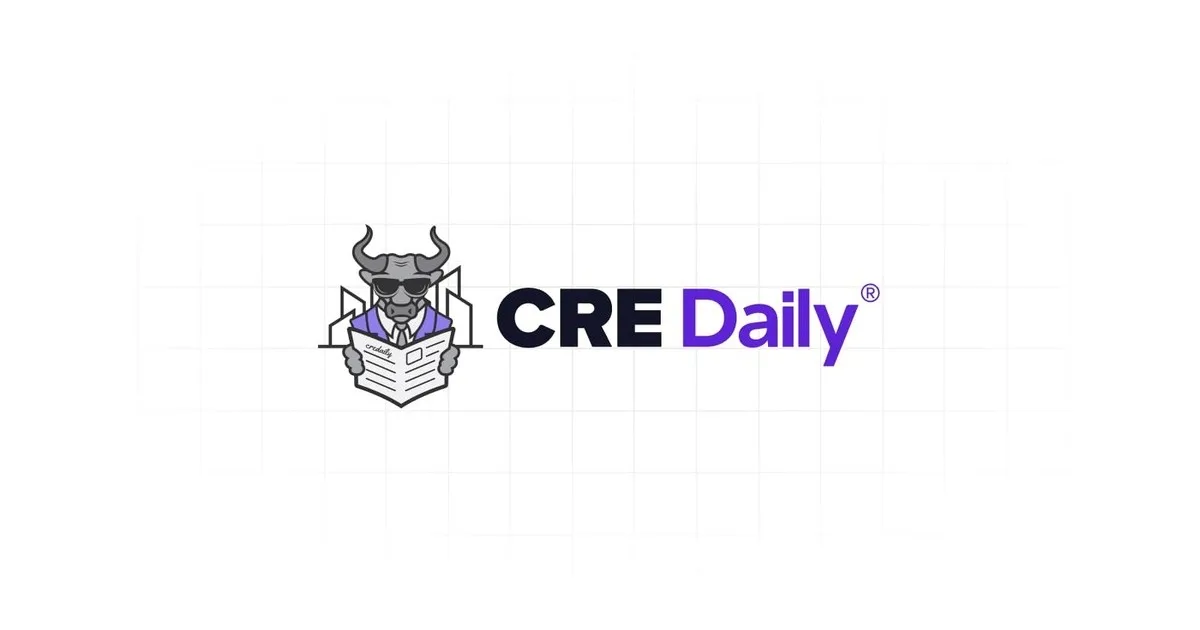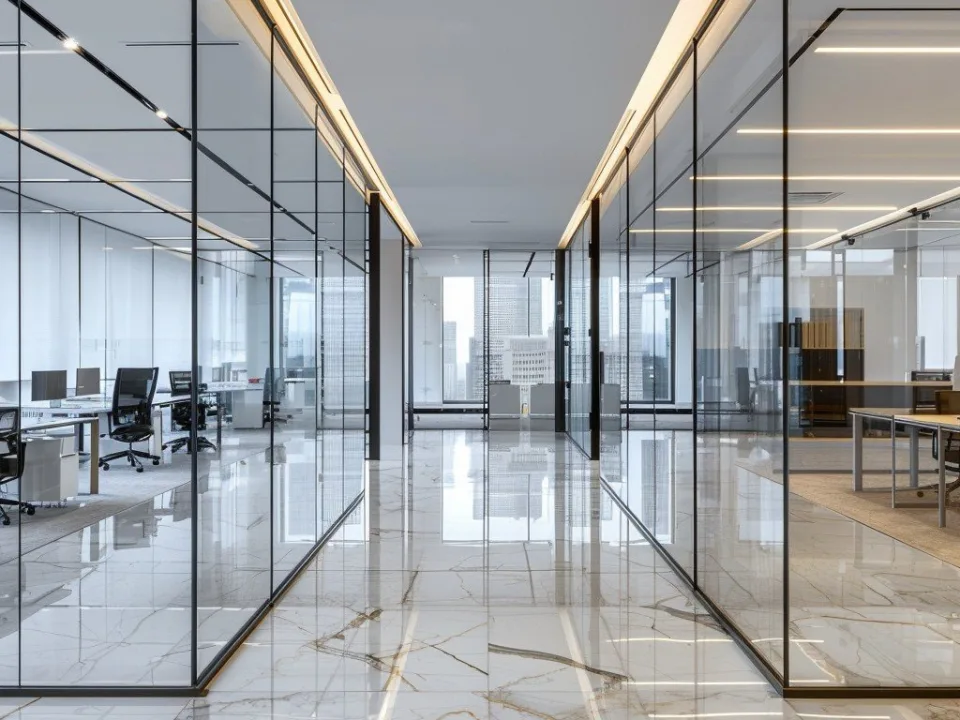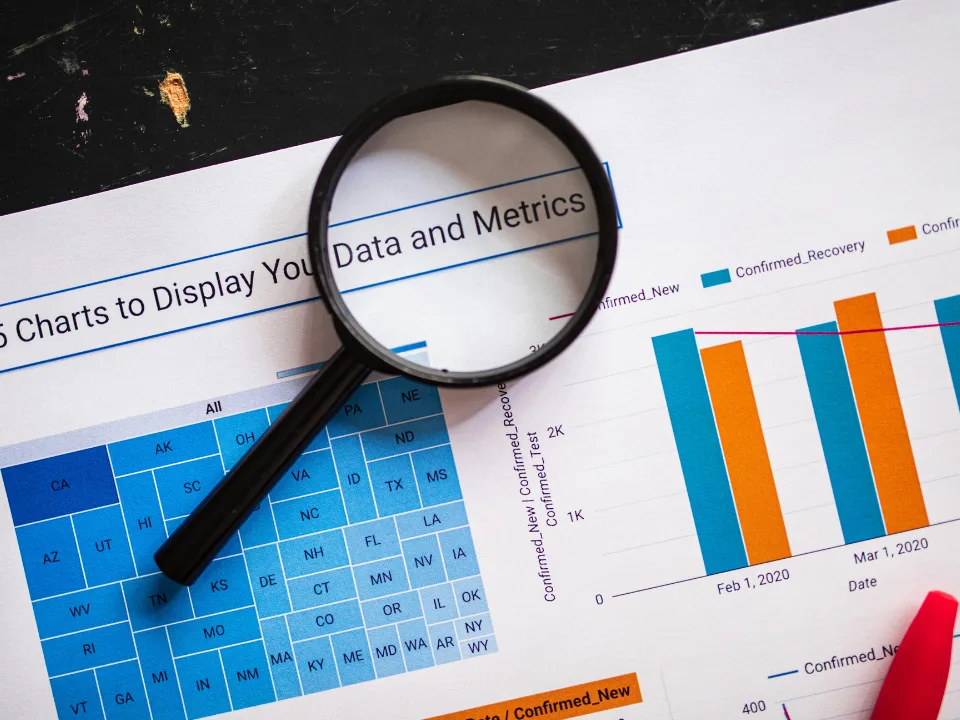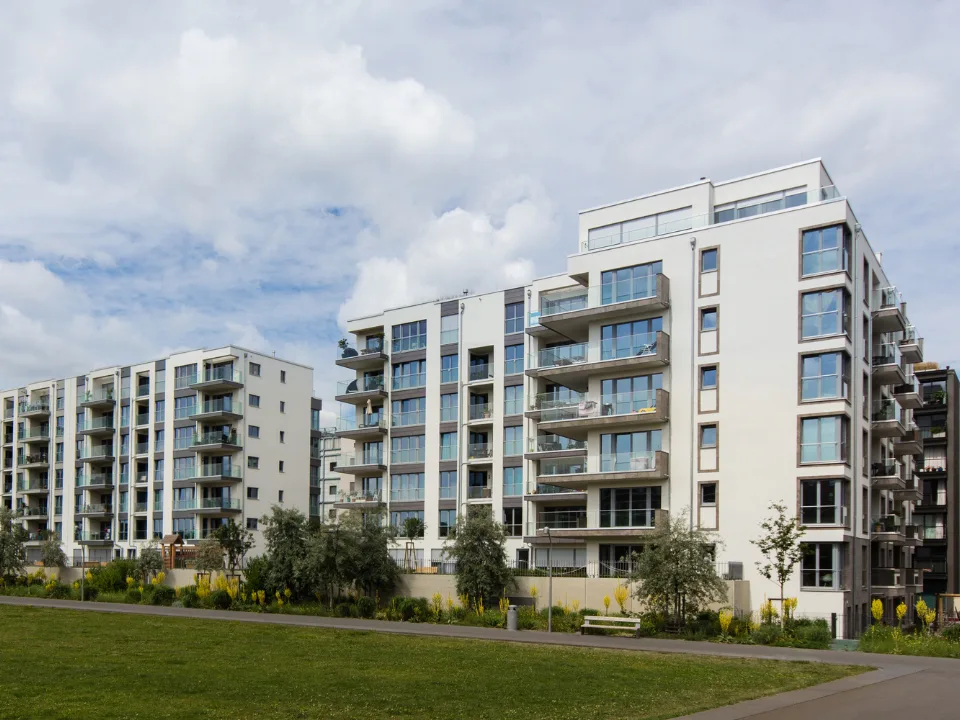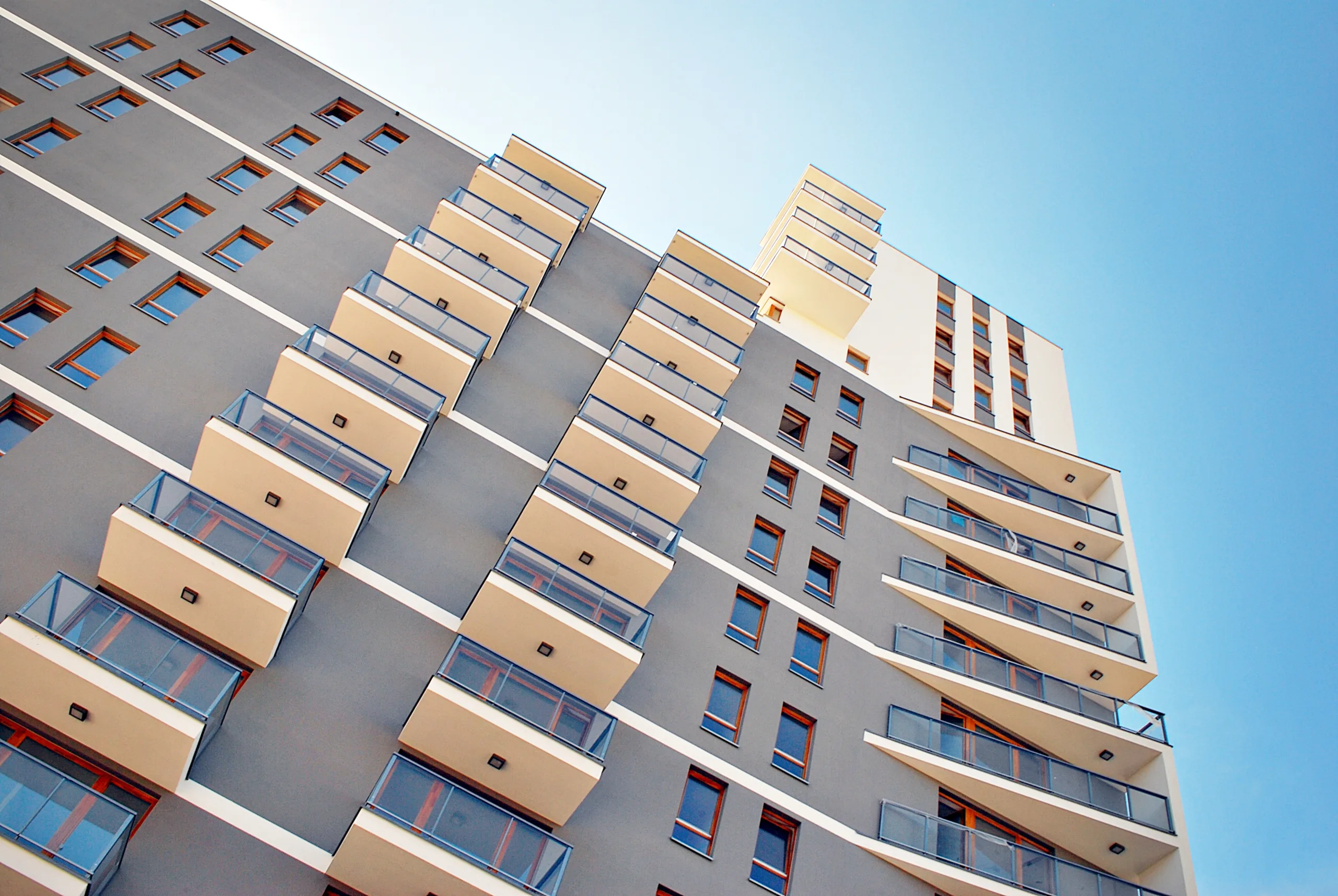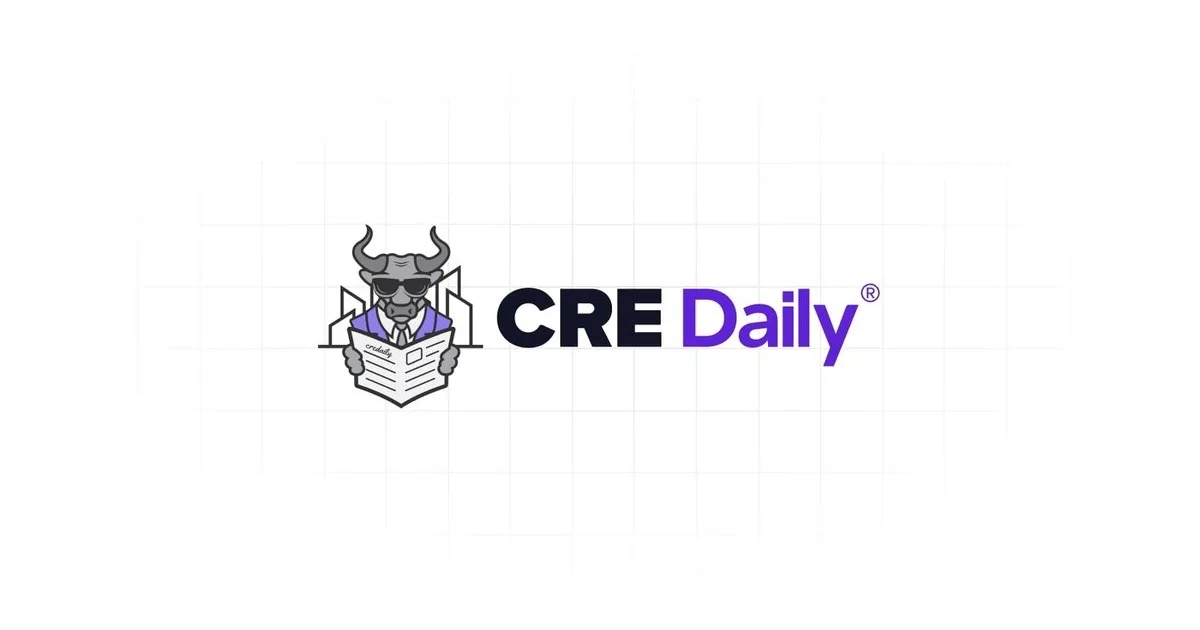- The One Big Beautiful Act doubled Fannie Mae and Freddie Mac’s investment caps for low-income housing from $1B to $2B each.
- Total annual funding rose to $4B under the Low-Income Housing Tax Credit program.
- NAHB’s Multifamily Production Index climbed to 46 in Q2, led by a 10-point jump in subsidized units.
- High interest rates, construction costs, and local regulations still weigh on development activity.
According to Globe St, developer sentiment in the multifamily market rose in Q2 2025. The increase followed a major boost in federal affordable housing investment after the July passage of the One Big Beautiful Act (OBBBA). The National Association of Home Builders (NAHB) Multifamily Market Survey credited the funding expansion from Fannie Freddie, through their Fannie Mae and Freddie Mac programs.
Policy Impact
The OBBBA doubled each agency’s annual low-income housing cap from $1B to $2B under the Low-Income Housing Tax Credit program. The law also raised credit allocations by 12% and cut the bond-financing threshold from 50% to 25%. This change could unlock more affordable housing projects, according to Chad Cummings, CEO of Cummings and Cummings Law.
Get Smarter about what matters in CRE
Stay ahead of trends in commercial real estate with CRE Daily – the free newsletter delivering everything you need to start your day in just 5-minutes
Market Snapshot
NAHB’s Multifamily Production Index (MPI) measures developer confidence across four housing segments. It rose two points year-over-year to 46—still below the breakeven level of 50, but higher than the Q1 reading of 44.
- Subsidized units jumped 10 points to 61.
- Mid/high-rise units gained seven points to 36.
- Garden/low-rise and built-for-sale condos each fell three points to 50 and 35, respectively.
Occupancy Trends
The Multifamily Occupancy Index (MOI) tracks sentiment on existing rental occupancy. All segments stayed above 50. Subsidized units scored 90, up five points. Garden/low-rise units rose two points to 84. Mid/high-rise units slipped three points to 73. The overall MOI was 82, one point higher than last year.
Outlook
Even with stronger subsidized housing activity, challenges remain. Developers face high interest rates, rising construction costs, limited land availability, and restrictive zoning. NAHB expects multifamily starts to rise modestly in 2025 versus 2024, but remain well below 2023 levels.


